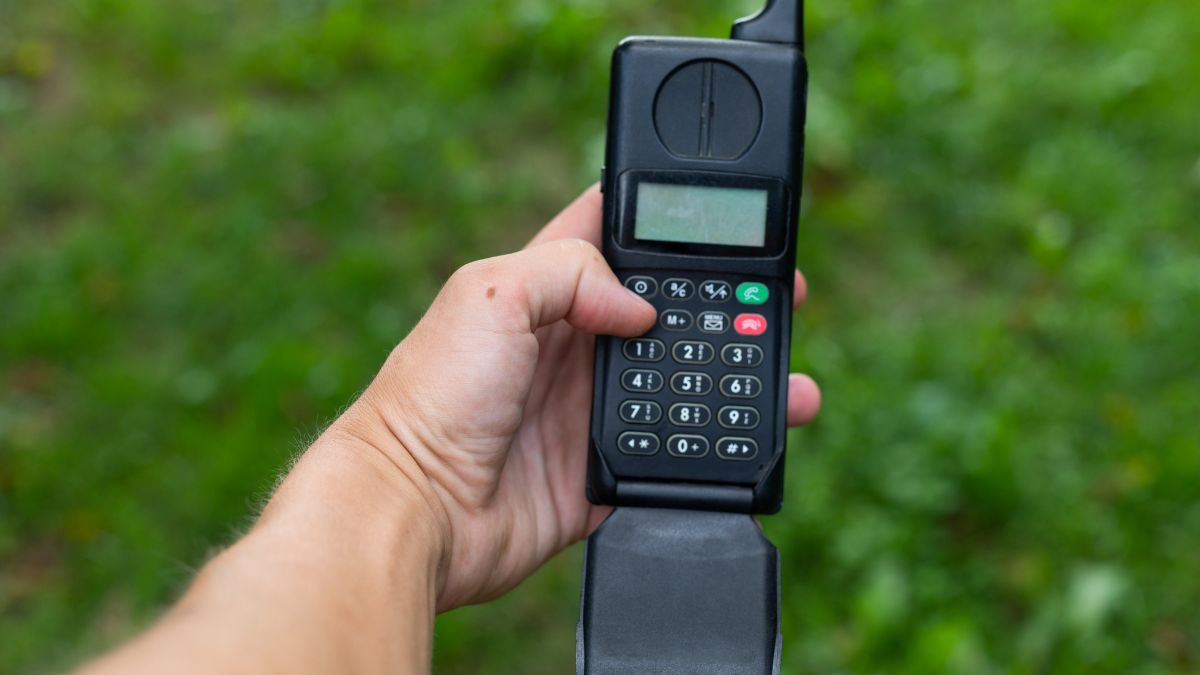In the age of ubiquitous mobile technology, understanding the impact of high-frequency waves emitted by mobile phones is crucial. With the increasing reliance on smartphones for daily communication and internet access, concerns about the potential health risks associated with these devices have become a significant topic of discussion. This article explores the nature of high-frequency waves produced by mobile phones and why they are considered dangerous by some experts.
The Science of High-Frequency Waves
Mobile phones operate by transmitting and receiving radiofrequency (RF) waves, a form of electromagnetic radiation, to communicate with cell towers. These waves are located at the higher end of the electromagnetic spectrum and are categorized as non-ionizing radiation. This means that, unlike ionizing radiation such as X-rays or gamma rays, RF waves from mobile phones are not strong enough to remove tightly bound electrons from atoms or molecules. However, the debate about their safety revolves around the long-term exposure to these high-frequency waves and their biological effects.
Thermal Effects and Tissue Heating
One of the primary concerns associated with high-frequency waves from mobile phones is the thermal effect. These waves can cause a slight increase in temperature in body tissues in close proximity to the phone, especially when held against the ear for extended periods. While the increase in temperature is typically minimal and within safety standards set by regulatory bodies, there is ongoing research to understand if prolonged exposure could lead to more significant health issues.
Potential Links to Health Risks
Research into the long-term health effects of exposure to EMF from mobile phones is ongoing, with mixed results. Some studies suggest a potential link between long-term, heavy use of mobile phones and certain types of brain tumors, such as gliomas. However, the overall evidence remains inconclusive, and many health organizations, including the World Health Organization, have stated that current data does not confirm a definitive association between mobile phone use and cancer or other diseases.
Electromagnetic Hypersensitivity
Another area of concern is a condition known as electromagnetic hypersensitivity (EHS), where individuals experience various non-specific symptoms that they attribute to exposure to electromagnetic fields, including those from mobile phones. Symptoms reported include headaches, fatigue, and skin irritation. While the existence of EHS as a medical condition is controversial and not widely recognized, it highlights the perceived impact of RF exposure on health for some individuals.
Mitigating Risks
Given the ongoing research and debate over the health implications of high-frequency waves from mobile phones, many experts recommend precautionary measures to reduce exposure. These include using hands-free devices or earphones to keep the phone away from the head and body, limiting the duration of calls, and avoiding phone use in areas with weak signals where phones emit higher levels of RF waves. Shungite plate in the form of round or rectangular stickers are also often used to protect against EMF. In the course of scientific research, it was found that this black stone from Russia has the ability to absorb EMF.
Conclusion
As mobile phone technology continues to advance and become an integral part of daily life, understanding and mitigating the potential risks associated with high-frequency waves is important. While current scientific evidence does not conclusively prove that mobile phone RF exposure is harmful, adopting a cautious approach and staying informed about emerging research is advisable. Balancing the undeniable benefits of mobile technology with a mindful approach to health and safety is key in navigating the digital age.









































